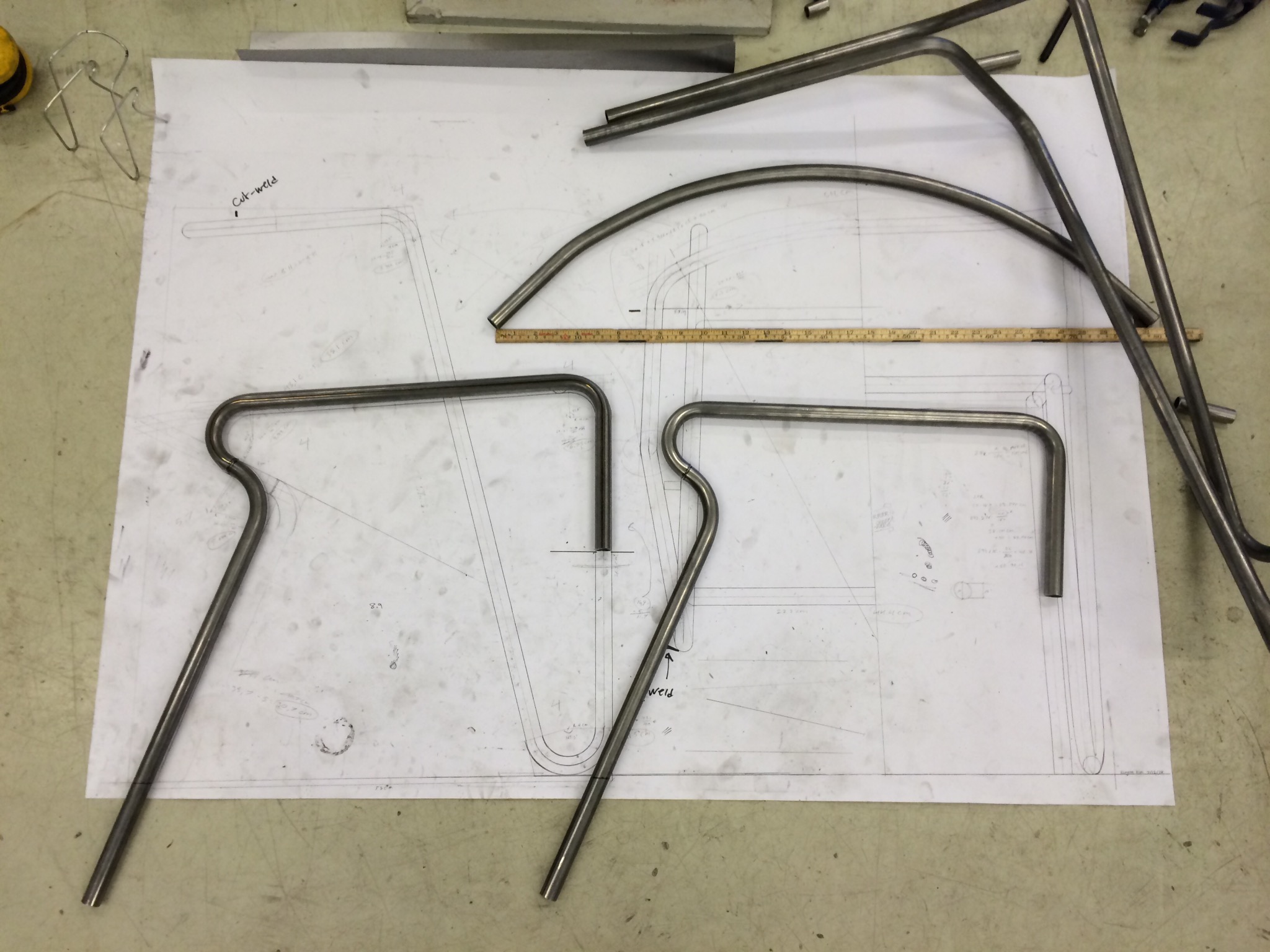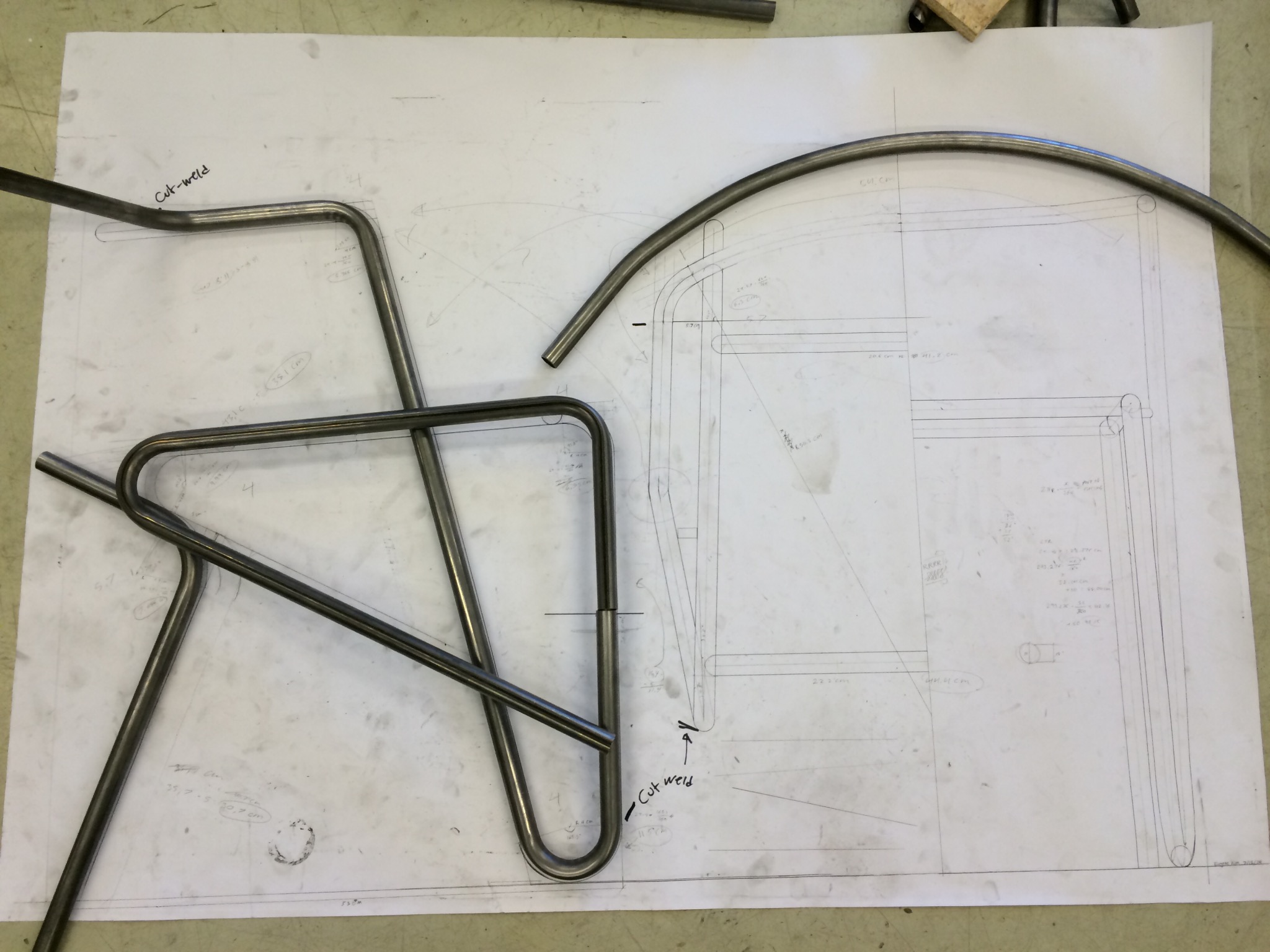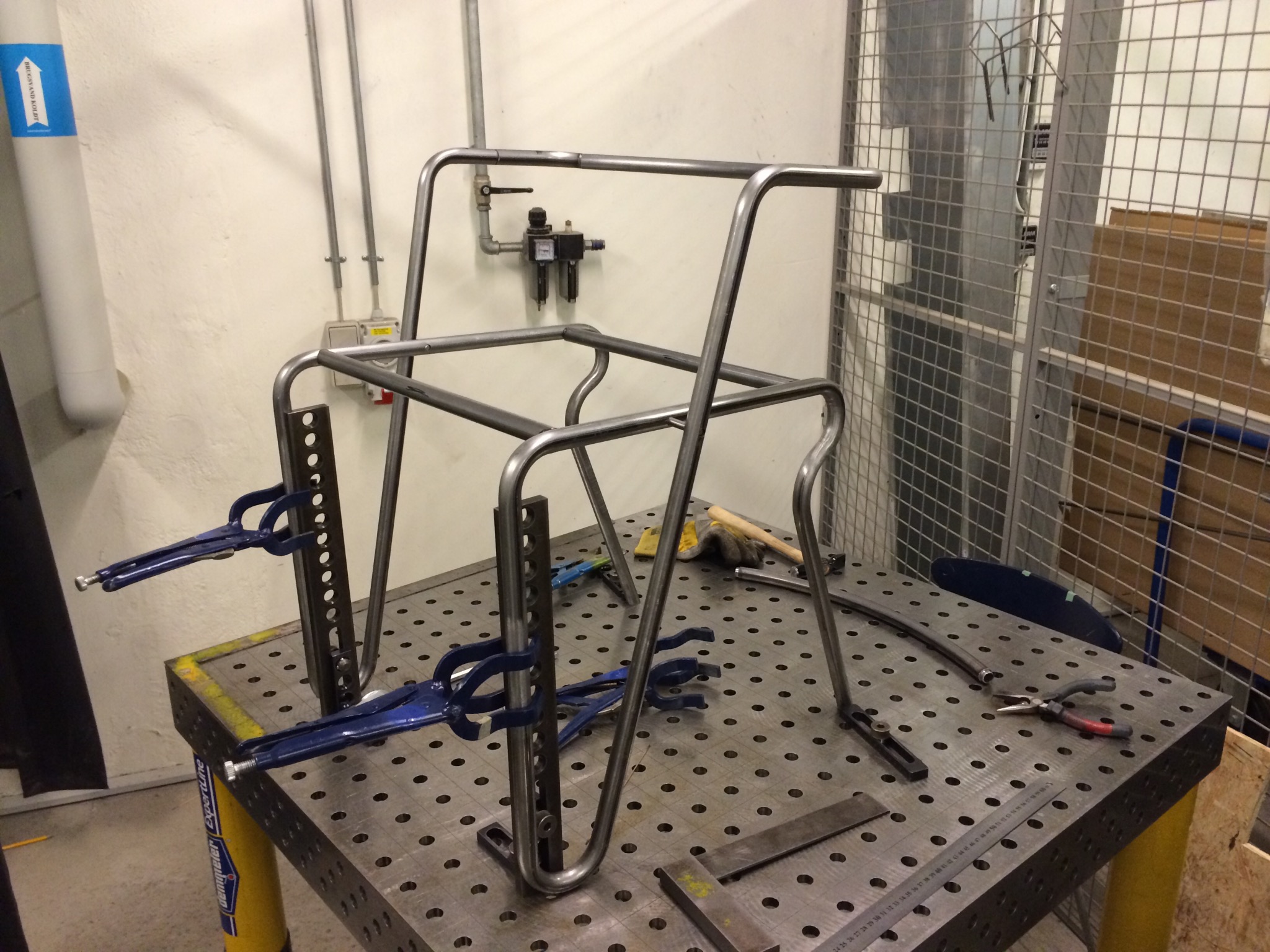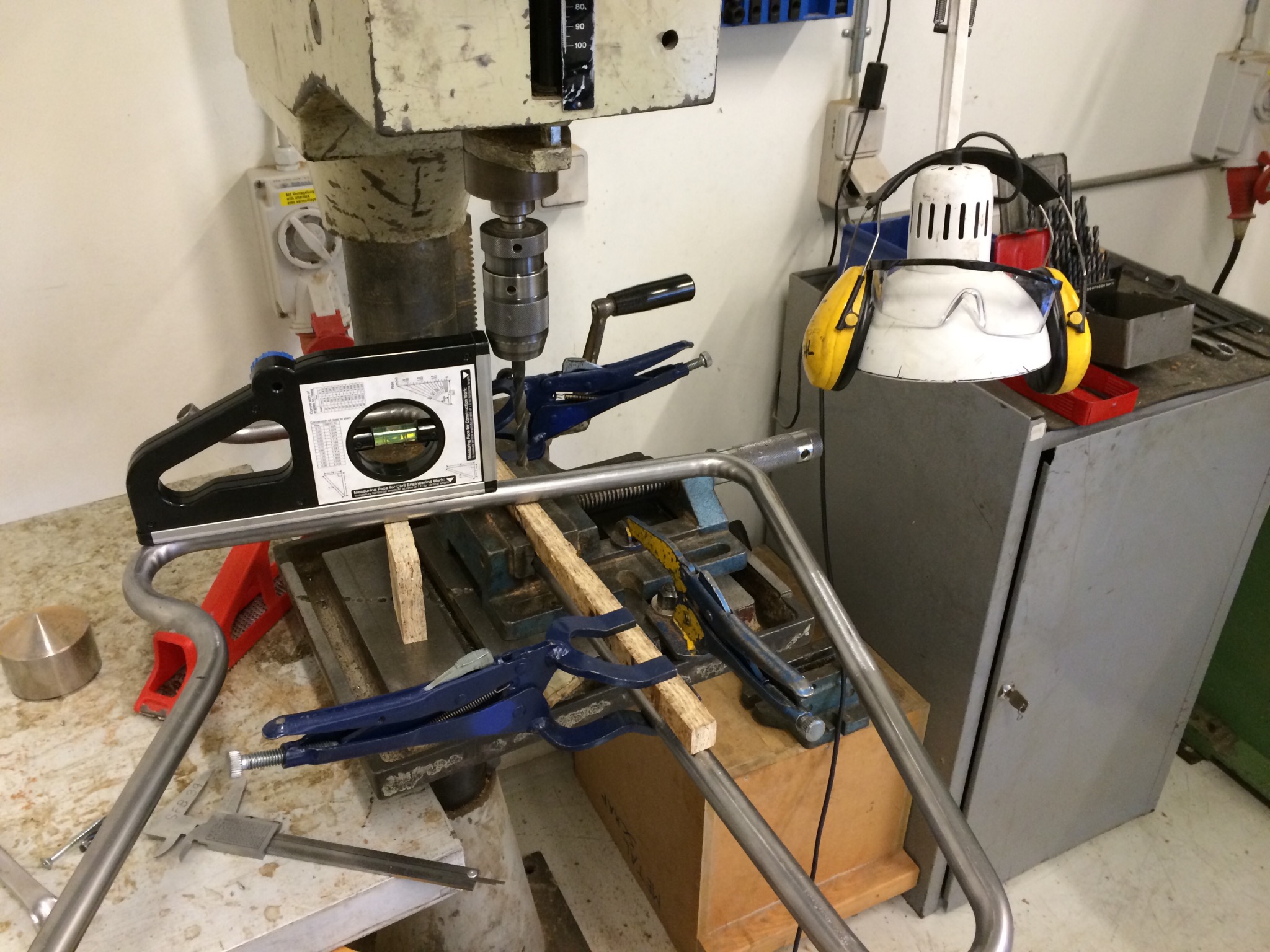ANTLER CHAIR
I had the fortune of traveling to Copenhagen, Denmark as part of a furniture design program held by the Danish Institute for Study Abroad during the summer before my senior year at Berkeley. Despite coming from a background in Architecture, I had been interested in human-scale and human-centered design for some time. Often during my studies, I felt the human element lacking throughout the design of structures and space, with much of the emphasis placed on how the internal organizing logic of the building was, in and of itself, represented in a clear and consistent manner.
The intent of the program was to impart upon the participants the spirit and and principles of Nordic design philosophy. With that knowledge we were tasked with developing a chair which would embody those characteristics: honesty, practicality, accessibility.
The Antler Chair was designed as a productivity chair tasked at providing ample motion for the arms and elbows while also sufficiently supporting the lower back for comfort during long work sessions.
My initial design iterations were fairly convoluted, and I lost sight of the main goals rather quickly. I became infatuated with the idea of manipulating metal tubing into intricate, continuous curve and as a result, ended up with unmakeable designs for the first round of sketching.
After the first round of critiques -having heard that my designs were simply too complex for the fabrication shop and Scandinavian design sensibilities- I pared down my goals to one or two simple design moves.
Taking inspiration from several case studies and moving on to wire prototypes helped solidify expectations and reinforce material limitations.
Exploration eventually found the primary moves to be a levitating backrest and a loop-around for the front legs. Connection and functionality was achieved.




















